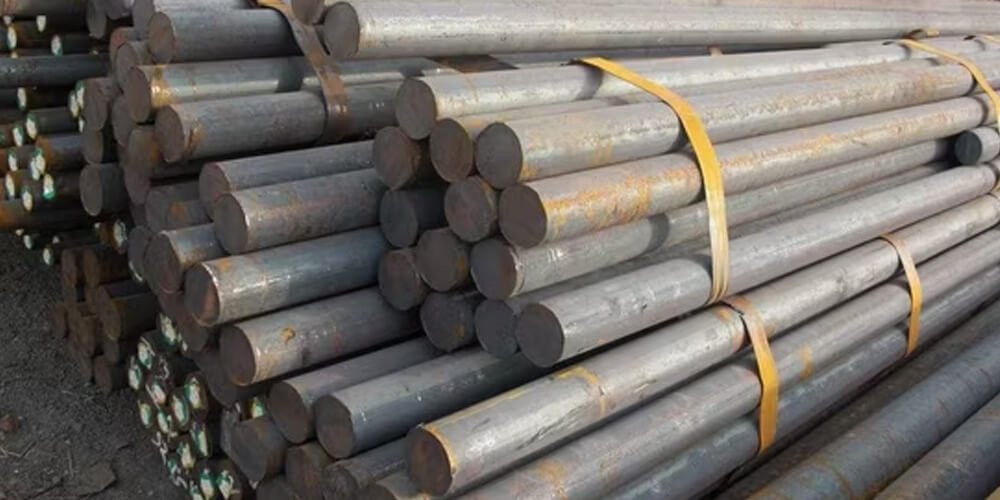Best C10 Carbon Steel Manufacturers & Suppliers in Mumbai – High Quality Carbon Steel Round Supply
Looking for trusted C10 Carbon Steel Round Bar Manufacturers & Suppliers in Mumbai ? We Titan Steel, Mumbai provide durable, precision-engineered carbon steel round bars for construction, industrial, and engineering needs. Get reliable quality, competitive prices, and timely delivery from leading suppliers in Mumbai.
Strength Redefined for Precision and Reliability
C10 Carbon Steel is the epitome of durability and performance, trusted by professionals across industries for its unmatched strength and versatility. Crafted with precision, this premium-grade carbon steel combines outstanding tensile strength with exceptional hardness, making it ideal for manufacturing, construction, and high-stress applications.
Engineered to tackle the toughest jobs, C10 Carbon Steel provides superior machinability, ensuring seamless fabrication whether you’re cutting, shaping, or welding. With its high wear resistance and robust composition, it can endure heavy-duty usage without compromising on performance or quality.
Specifications of C10 Carbon Steel include an optimal carbon content that delivers just the right balance of strength and flexibility, making it perfect for forging tools, automotive parts, and industrial machinery. Its polished surface is highly adaptable, ready for coatings or finishes to meet your specific project requirements.
For Visit us Maps
Experience premium quality with C10 Carbon Steel and get the results your projects demand. Built for strength, precision, and reliability, it’s your go-to material for high-performance applications. Order now to see the difference exceptional carbon steel can make in your work.
Titan Steel & Engineers Related Products:
Carbon Steel, Alloy Steel, Bright Steel, Spring Steel, Die Steel & Tool Steel, Special Alloy Steel
Supply Cities
- Mumbai
- Ahmedabad
- Amaravathi
- Ambattur
- Bangalore
- Belgaum
- Chennai
- Chittoor
- Coimbatore
- Dindigul
- Mysore
- Nellore
- Hyderabad
- Kochi
- Mangalore
- Tirupur
- Tuticorin
- Madurai
- Andhra Pradesh
- Karnataka
- Puducherry
- Kerala
- Tamil Nadu
- Telangana
- Visakhapatnam
- Kochi
- Kerala
- Hubli-Dharwad
- Karnataka


